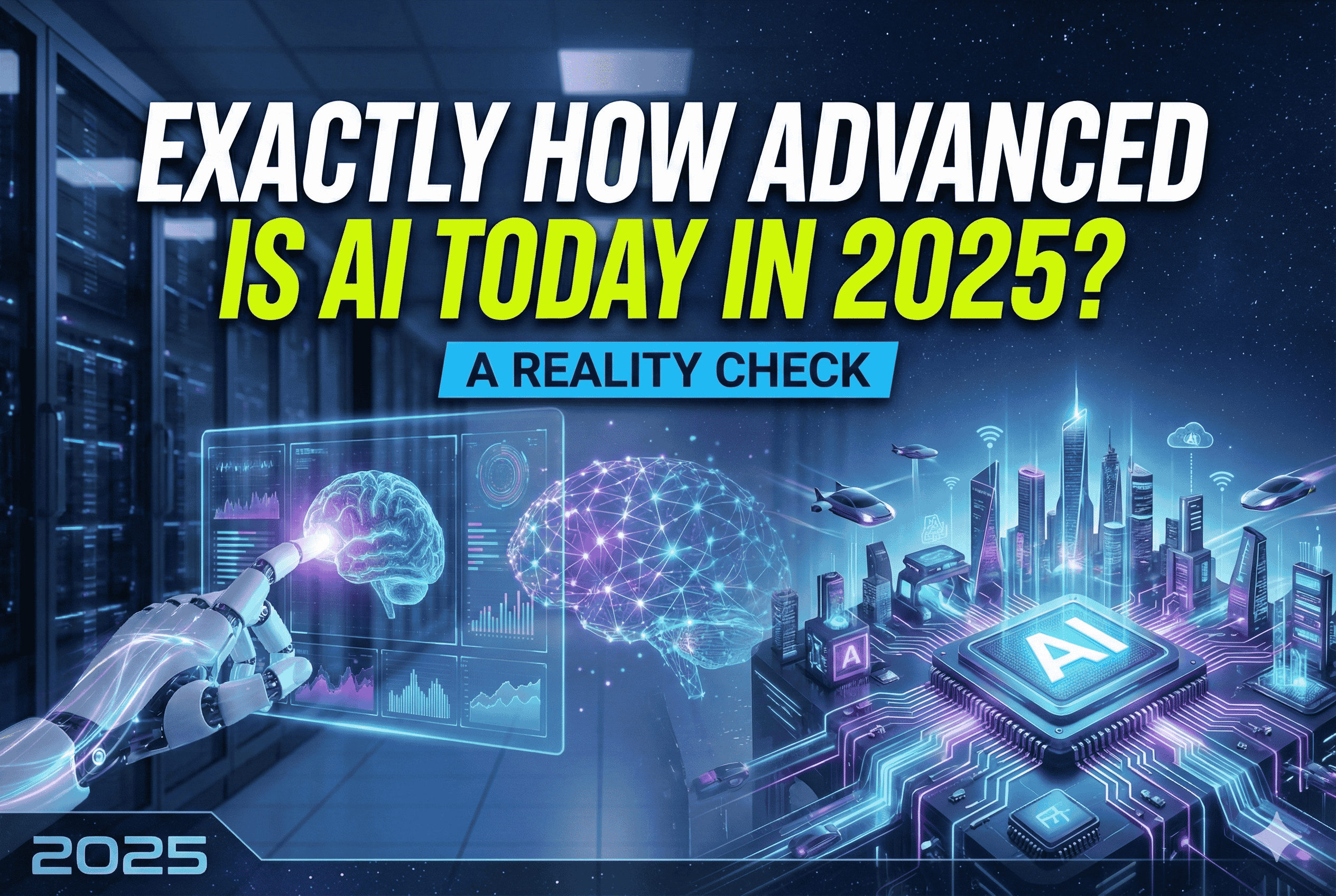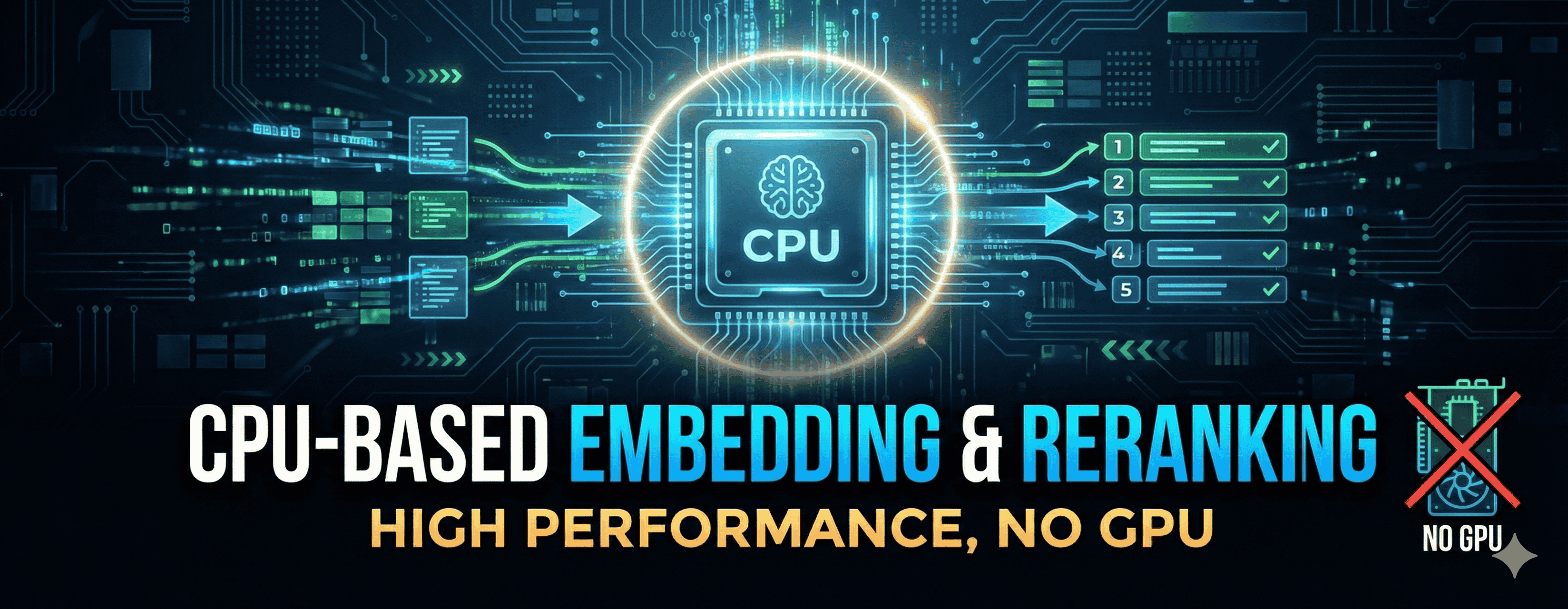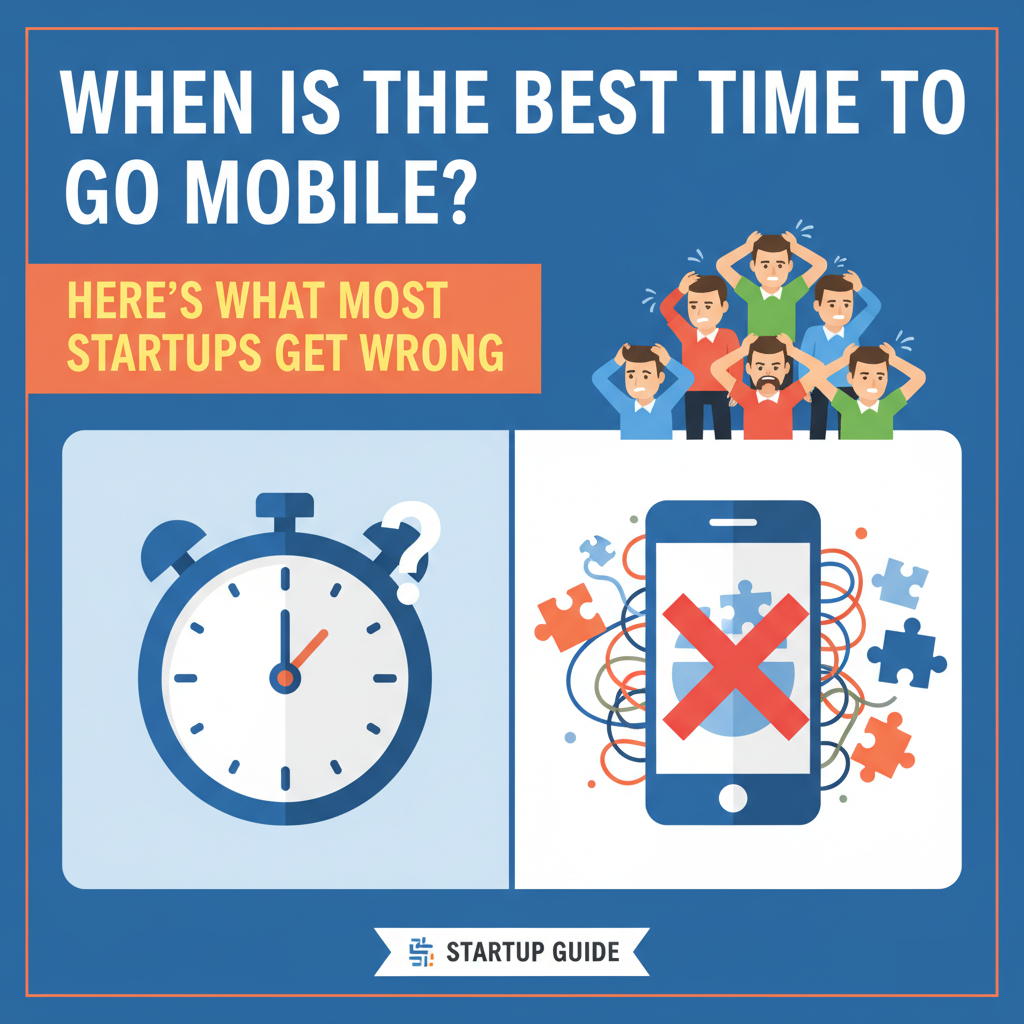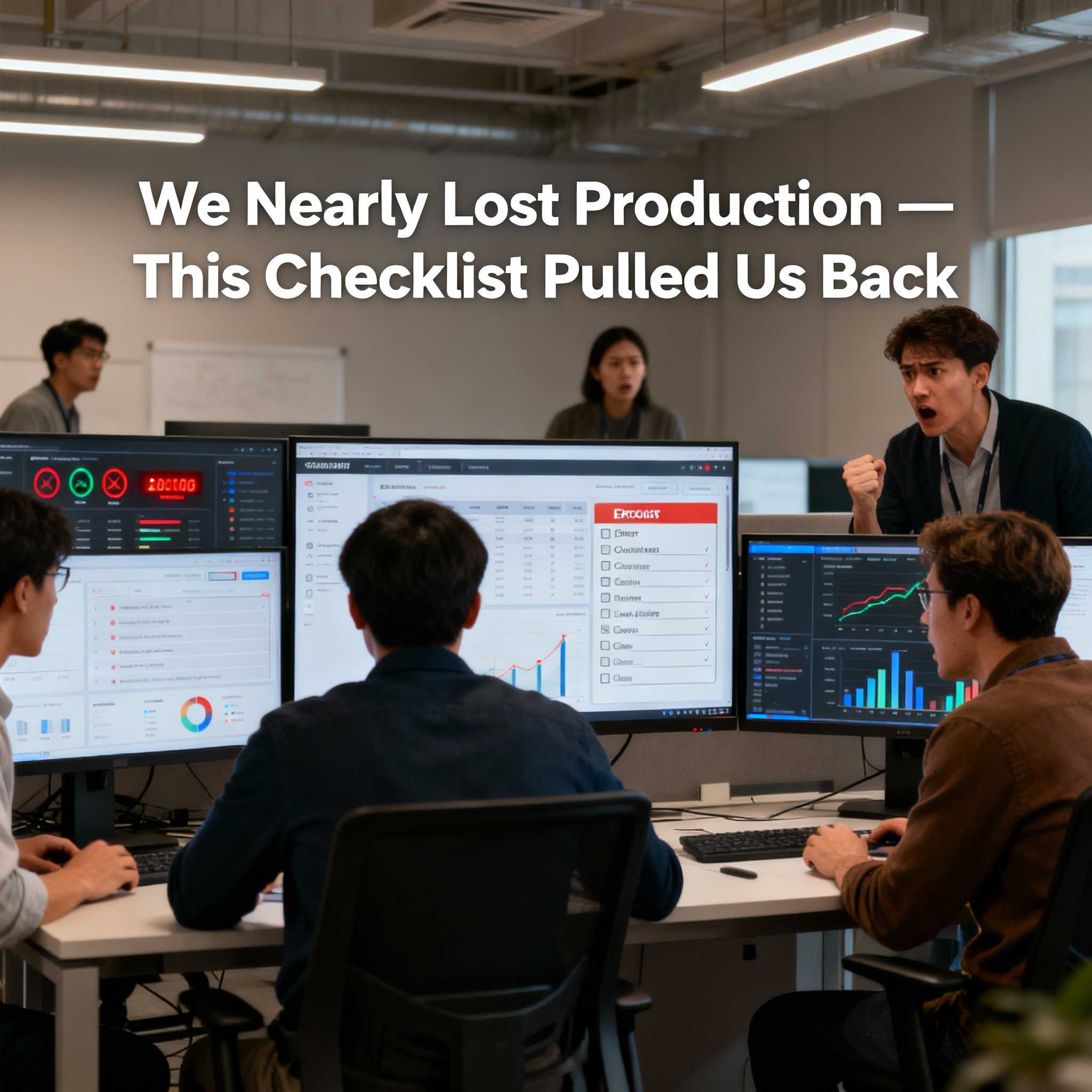tldr;
AI can handle a wide range of tasks with strong accuracy, but it still guesses more than people think. It performs well up to about 90%, but squeezing out the last stretch takes significant work. Treat it as a tool that strengthens human capability, not a system that replaces human judgment.
Introduction
For many years, AI lived inside narrow boxes. Systems were trained to do one thing classify images, detect fraud, scan invoices, sort documents. These models did their job quietly and didn’t claim to understand anything outside their domain.
Then generative AI arrived. Instead of one model built for one task, people saw models that could write, summarize, answer questions, produce code, and talk back. The whole field felt like it had shifted overnight. The public went from thinking AI was a specialized calculator to believing it was a universal intellect.
But that jump in expectation doesn’t match how these models actually work underneath.
AI Experiments and the Goal of 70–90% Accuracy
In most AI projects I’ve seen or delivered, the practical target is usually 70–90% accuracy. That range is completely normal in traditional AI work. Models need to generalize beyond training data. If a model becomes too perfect on the dataset, it memorizes rather than learns; this is overfitting. Once overfitted, the model breaks down when new data arrives.
That’s why 100% was never the aim in earlier AI systems. The aim was "useful and steady," not "flawless."
Even today, when experimenting with AI, I can usually get a working model quickly within that 70–80% zone. But going from 80% to 95% takes way more digging, data cleaning, prompt restructuring, error tracing, and retraining cycles.
I’ve lived this across a few projects.
The Expectation Shift With Generative AI
Generative AI changed the public mindset completely. People now expect AI to answer correctly every time, in every situation, for every domain.
But these models predict tokens. They generate the next most likely word. They do not inspect the world. They do not verify facts. They do not "know." They blend patterns from massive training sets. When people expect perfection from something that operates on probability, they set themselves up for disappointment.
And because one model is being asked to cover everything from law to woodworking to medical topics to debugging code the margin for error naturally grows.
Remember What Narrow AI Actually Did
Traditional narrow AI was simple: it drew the best line of best fit. That’s it. You give it enough examples, and it picks the pattern that matches most of them.
It never pretended to "understand." It matched patterns and stayed in its lane.
Generative AI still does pattern matching too, just with far more layers and far more data. The underlying mechanics haven’t transformed into something magical. They’ve just scaled.
The Promise of AGI
AGI is often described as an AI that can reason through any task, solve unseen problems, and behave like a general-purpose thinker.
But when I look closely at generative models in 2025, I still see a system built on probability. It predicts next words based on past samples. It doesn’t think. It doesn’t imagine. It doesn’t create new theories. Everything produced comes from past patterns.
It can imitate creativity with surprising detail, but imitation is not thinking.
Because of that, I don’t believe the architecture behind generative AI can reach the type of general intelligence people talk about. It is trained on history. It reacts to prompts. It doesn’t plan or anticipate unknown future challenges.
AGI assumes reasoning. Generative AI delivers prediction.
Where I’ve Seen This Gap Show Up (Case Studies)
1. AI Insurance Assistant
https://manaknightdigital.com/ai-insurance-platform
We built an insurance assistant meant to match customer questions to the correct provider in real time. The model behaved well most days, but every so often it picked the wrong provider despite the instructions and samples. It didn’t "understand" insurance logic it was still guessing patterns in text.
2. T-Shirt Verification Platform
https://manaknightdigital.com/vintage-t-verification-platform
We trained an AI to verify whether vintage tags were real or fake a job normally done by collectors. Getting from 0 to 70% accuracy took one month. Getting from 70% to 99% took four more months. That last stretch demanded massive refinement, testing, and edge case handling. The model didn’t "know" authenticity; it recognized patterns after long tuning.
3. AI Email Agent
https://manaknightdigital.com/ai-email-agent
We created an AI agent that answers emails in the client’s writing style. Most of the time it follows the voice well. But occasionally it drifts and writes something that doesn’t sound like the client at all. The model has no real sense of personality it mimics patterns and sometimes slips into unrelated phrasing.
These projects remind me constantly that AI behaves like a prediction system, not a reasoning system. It performs well until it hits a blind spot, then suddenly shows the limits of its statistical nature.
AI as a Tool, Not a Replacement
I’ve started to view AI like equipment used by skilled workers. A construction worker becomes stronger with a hammer or drill, but the tool doesn’t replace their skill. The worker is still the one who guides the tool, checks the work, adjusts the plan, and thinks through the problem.
AI fills that same role for knowledge work. It speeds up writing, analysis, research, support, planning, and coding. But it still needs a person to anchor the direction and check the details. AI can lift the weight, but the human decides where it goes.
Closing Thoughts
Generative AI can consistently reach the 90% mark in many tasks, and that is already powerful. But the remaining 10% is where real work lives. That gap takes time, patience, testing, and targeted tuning. When we plan AI projects, we have to leave room for that accuracy buffer. It doesn’t matter how smart the model appears its nature as a probability system means the last stretch will always be slow.
I treat AI as a force multiplier. Strong enough to take on most of the lifting. But not something that replaces the person guiding the outcome.




